Rituals are an integral part of cultural expression, connecting people to their traditions, beliefs, and each other. Our world is incredibly diverse, and so are the rituals practiced within it. These rituals examples, ranging from solemn religious ceremonies to joyous communal gatherings, offer a glimpse into the rich tapestry of global customs. They are more than just actions; they embody the values, hopes, and histories of different communities. By exploring these top 30 rituals examples from around the world, we embark on a journey of understanding and appreciation for the varied ways in which human beings celebrate and honor their cultural heritage.
Each ritual holds its unique significance and method of observance, reflecting the local environment, history, and beliefs. From the intricate Balinese Hindu ceremonies that seek blessings from the gods, to the vibrant and rhythmic dances of Sub-Saharan African tribes that mark important life events, these rituals are a window into the soul of a culture. They teach us about the universality of human experience, despite the diverse forms they take. In this article, we’ll explore 30 such captivating rituals that not only offer insight into different cultures but also demonstrate the creativity and spirituality of people around the globe.
What is Ritual?
Ritual is a set of actions performed for their symbolic value, often based on historical, cultural, or religious traditions. These actions, usually following a specific sequence, are designed to express and reinforce important values and beliefs, and often serve to mark significant events or transitions in life. Rituals can range from simple daily practices to elaborate ceremonies and are found in all human societies, serving to strengthen social bonds, provide comfort, and maintain cultural heritage.
Rituals often involve symbolic elements such as gestures, words, objects, and actions, which convey deeper meanings and connect individuals to a larger community or tradition. They can be personal, like a morning routine, or communal, such as a wedding or religious ceremony. Rituals vary greatly across cultures and religions, reflecting diverse beliefs and practices. They play a crucial role in marking life’s milestones, like births, marriages, and deaths, and in observing religious or cultural festivals and holidays. By participating in rituals, individuals experience a sense of belonging, continuity, and connection to the past and the larger community, highlighting their significance in human society.
Furthermore, rituals serve as a means of transmitting cultural and religious heritage across generations, acting as a bridge that links the past, present, and future. They often encompass a rich array of sensory experiences – sight, sound, smell, and touch – which help to create more vivid and lasting memories. This multisensory engagement is a key aspect of why rituals are so impactful and memorable.
In psychological terms, rituals can provide a sense of order and control in an individual’s life, especially during times of uncertainty or change. They offer a structured way to manage emotions, commemorate achievements, or cope with loss. In a communal context, rituals foster social cohesion, creating a shared experience that can strengthen group identity and solidarity.
In the modern world, the concept of ritual has expanded beyond traditional cultural and religious boundaries. New rituals have emerged in response to contemporary life, reflecting changes in societal values and the evolving nature of community and identity. These modern rituals, whether they are personal habits or community events, continue to play an essential role in giving rhythm and meaning to our lives.
The Best Examples of Rituals from Around The World
1. Diwali (India): Known as the Festival of Lights, Diwali is a Hindu festival celebrated with the lighting of lamps, fireworks, and the distribution of sweets. It symbolizes the victory of light over darkness and good over evil.
2. Day of the Dead (Mexico): Día de los Muertos is a vibrant celebration to honor and remember deceased loved ones. It’s marked by creating altars with photos, favorite foods, and items of the departed, as well as traditional skull-shaped sweets and face painting.
3. White Nights Festival (Russia): An arts festival in Saint Petersburg, celebrating the season of the midnight sun with classical ballet, opera, and music performances. The Scarlet Sails show, with fireworks and a fleet of ships, is a highlight, symbolizing hope and dreams.
4. Hanami (Japan): The cherry blossom viewing festival, where people gather under blooming cherry trees to enjoy the transient beauty of the blossoms, symbolizing the fleeting nature of life. It’s a time for outdoor parties and picnics in parks.
5. Running of the Bulls (Spain): Part of the San Fermín Festival in Pamplona, this event involves running in front of a small group of bulls that have been let loose on the city’s streets. It’s a dangerous but thrilling ritual that attracts thousands of participants and spectators annually.
6. Yee Peng Lantern Festival (Thailand): A visually stunning event where thousands of lanterns are released into the night sky, symbolizing letting go of misfortune and bad luck. It’s a part of the Loy Krathong festival, celebrated on the full moon of the 12th month in the Thai lunar calendar.
7. Holi (India): Also known as the Festival of Colors, Holi is a Hindu festival marking the arrival of spring. It’s famous for the vibrant colored powders that participants throw at each other, creating a dynamic and joyful atmosphere.
8. Ma’nene (Indonesia): A ritual of the Toraja people in Sulawesi, Indonesia, where every few years, families exhume the bodies of their ancestors to clean, repair, and redress them in new clothes in a ceremony of respect and remembrance.
9. Saturnalia (Ancient Rome): An ancient Roman festival in honor of the god Saturn, celebrated with sacrifices, a public banquet, followed by private gift-giving, continual partying, and a carnival atmosphere that overturned social norms.
10. Whirling Dervishes (Turkey): Part of the Sufi tradition in Islam, this ritual involves a dance known as the Sema ceremony, where dervishes spin in white flowing robes as a form of physically active meditation, symbolizing a mystical journey of spiritual ascent through mind and love to perfection.
11. Oktoberfest (Germany): The world’s largest Volksfest, celebrated in Munich, it’s renowned for its lively beer tents, traditional Bavarian music, lederhosen and dirndls, and hearty food. Oktoberfest epitomizes German cultural pride and joyous communal celebration.
12. Chinese New Year (China): Also known as the Spring Festival, it marks the beginning of the lunar new year. Celebrated with red decorations, fireworks, dragon dances, and family reunions, it’s a time of honoring ancestors and welcoming good fortune.
13. Burning Man (USA): An annual event in the Nevada desert where a temporary city is erected for a week of radical self-expression, art, and community. The culmination is the burning of a large wooden effigy, symbolizing various personal and communal meanings.
14. Kumbh Mela (India): One of the world’s largest religious gatherings, occurring every twelve years at four riverbank pilgrimage sites. Millions of Hindus participate in ritual bathing, believing it cleanses sins and helps attain salvation.
15. Carnival (Brazil): Famous for its extravagant parades, costumes, and samba dancing, the Brazilian Carnival is a week-long celebration before Lent. It’s a vibrant display of culture, music, and the spirit of festivity.
16. Midsommar (Sweden): A Swedish tradition celebrating the summer solstice, marked by flower wreath making, traditional dances around a maypole, and enjoying a feast with family and friends, embodying the joy of longer and warmer days.
17. Songkran (Thailand): The Thai New Year’s festival known for its nationwide water fights. Originally a gentle pouring of water to symbolize cleansing and renewal, it has evolved into lively water battles, symbolizing good luck and washing away the past year’s misfortunes.
18. La Tomatina (Spain): An annual tomato fight in Buñol, Spain, where participants throw thousands of tomatoes at each other for fun. It’s a unique and lively event that has no religious or cultural significance but has become a major draw for tourists and locals alike.
19. Eid al-Fitr (Islamic World): Celebrated by Muslims worldwide, this festival marks the end of Ramadan, the Islamic holy month of fasting. It’s a time for communal prayers, feasting, giving to charity, and family gatherings.
20. Papua New Guinea Sing-Sing: In Papua New Guinea, tribes gather for a “sing-sing” to show off their distinct culture, dances, and music. Participants adorn themselves in elaborate traditional dress, paint, and feathers, creating a powerful display of cultural pride and heritage.
21. Stonehenge Winter and Summer Solstice (UK): People gather at Stonehenge during the solstices to witness the sunrise aligning perfectly with the ancient stones. It’s a moment of connection with ancestors and the natural world, observed by both modern pagans and curious spectators.
22. Naghol Land Diving (Vanuatu): A precursor to bungee jumping, young men in Vanuatu leap from wooden towers with vines tied to their ankles as a rite of passage and to ensure a bountiful yam harvest. It’s a thrilling and dangerous tradition.
23. Balinese Nyepi Day (Indonesia): A Hindu celebration known as the “Day of Silence.” It’s a day for self-reflection, fasting, and meditation. The entire island of Bali shuts down – no work, no travel, and even the airport closes.
24. Camino de Santiago (Spain): A famous Christian pilgrimage leading to the shrine of the apostle Saint James the Great in the cathedral of Santiago de Compostela. Pilgrims from all over the world walk this route for spiritual growth and exploration.
25. Mardi Gras (USA): Particularly famous in New Orleans, Mardi Gras is a festive season of parades, masquerade balls, and indulgent parties leading up to Ash Wednesday. It’s known for its vibrant costumes, beads, and a general atmosphere of revelry.
26. Viking Funeral (Scandinavia – Historical): A ritual where the deceased was placed in a ship or a ship-shaped grave, along with grave goods and sometimes sacrificed slaves, before being set on fire or buried. It was a grand send-off to the afterlife.
27. The Highland Games (Scotland): A traditional Scottish event featuring cultural performances, music, dancing, and athletic competitions such as caber tossing. These games are a celebration of Scottish and Celtic culture.
28. Krampusnacht (Austria and surrounding regions): A pre-Christmas tradition where people dress as Krampus, a horned, anthropomorphic figure. According to folklore, Krampus punishes children who have misbehaved, in contrast to Saint Nicholas who rewards the well-behaved.
29. Aoi Matsuri (Japan): One of Kyoto’s three main annual festivals, known for its elegant procession with participants in traditional Heian-period costumes. This Shinto ritual, dating back over a thousand years, seeks to appease and honor the deities to ensure a bountiful harvest.
30. Wassailing (United Kingdom): An ancient English tradition, particularly in cider-producing regions, where people sing and drink to the health of apple trees to promote a good harvest. It often involves toasting the trees and placing cider-soaked bread in their branches..
Types of Rituals
In the tapestry of human culture, rituals stand out as a vivid thread, intertwining the past with the present, the sacred with the mundane. These ceremonial acts, steeped in tradition and often shrouded in mystery, serve as a bridge connecting individuals to their communities, beliefs, and sometimes, the very essence of their identity.
Rituals can be as diverse as the societies that practice them, each echoing the unique heartbeat of its culture. Religious rituals, perhaps the most widely recognized, are ceremonies steeped in spiritual significance. These range from the Christian Eucharist, a solemn commemoration of the Last Supper, to the Islamic Hajj, an arduous pilgrimage to Mecca embodying devotion and equality. In Hinduism, rituals like the vibrant Diwali festival celebrate the triumph of good over evil, illuminating homes and hearts alike.
Transition rituals, marking the passage from one life stage to another, are universal. The Latin American quinceañera, a lavish celebration of a girl’s 15th birthday, symbolizes her journey into womanhood. In Jewish tradition, the Bar and Bat Mitzvah ceremonies signify a child’s entry into adult responsibilities. Such rituals, often joyous, sometimes solemn, always mark a significant metamorphosis in an individual’s life journey.
Agricultural rituals, deeply rooted in the rhythms of nature, reflect humanity’s age-old relationship with the land. From the Native American rain dances, invoking the vital life force of rain, to the rice planting ceremonies in Bali, these rituals embody gratitude and respect for the Earth’s bounty.
Rites of healing, another fascinating category, blend the spiritual with the medicinal. Indigenous cultures often use these rituals to address not just physical ailments, but psychological and spiritual well-being. The shamanic rituals of the Amazon, for instance, are believed to cleanse the soul, connecting the individual to the healing powers of nature.
Then there are commemorative rituals, which serve as vessels of memory and reverence. Memorial Day observances in the United States, honoring military personnel who have died in service, are solemn reminders of sacrifice and patriotism. In many African cultures, ancestor worship rituals bridge the gap between the living and the departed, keeping the legacy of forebears alive.
In contemporary society, we also encounter rituals of affirmation, designed to reinforce common values and beliefs within a community. These can range from the formal, like citizenship ceremonies, to the informal, such as the rituals of sportsmanship observed in athletic competitions.
The significance of rituals extends beyond their immediate spectacle, touching the very core of human experience. They are not mere relics of tradition but living, breathing practices that evolve, adapt, and continue to hold profound meaning. In participating in these rituals, individuals find a sense of belonging, a connection to the continuum of human history, and a way to make sense of their place in the world.
In exploring the varied landscape of rituals, one gains not just insight into diverse cultures, but also a deeper understanding of the universal human need for connection, transition, and meaning. These rituals, in their myriad forms, are not just acts to be observed but experiences to be felt, offering a window into the soul of humanity.
What Are Personal Rituals?
Personal rituals are private, individualized practices or routines that hold personal significance and are often performed regularly. These rituals can vary greatly and may include activities such as meditation, journaling, a specific exercise routine, or even a particular way of preparing a meal. The key aspect of personal rituals is that they provide a sense of comfort, stability, and meaning to the individual performing them. They are typically reflective, helping individuals to connect with their inner thoughts and emotions, or can be physically invigorating or relaxing. Personal rituals play an important role in self-care and personal development, offering a way to navigate daily life with a sense of purpose and intention.
Personal rituals often incorporate elements that are deeply meaningful to the individual, such as specific symbols, words, actions, or objects that resonate with their personal beliefs, values, or experiences. These elements add a layer of personalization and significance, making the ritual more impactful and emotionally enriching.
These rituals can also serve as anchors in one’s daily life, providing structure and a sense of control amidst the chaos of everyday activities. By setting aside time for these rituals, individuals create moments of peace, reflection, or joy that help maintain mental and emotional balance.
Moreover, personal rituals can evolve over time, adapting to an individual’s changing needs, circumstances, and growth. This flexibility allows the ritual to remain relevant and supportive, continually aiding in personal development and well-being.
In a broader sense, personal rituals contribute to one’s identity and personal narrative, often reflecting core aspects of who they are and aspire to be. Whether it’s a simple morning routine or a complex series of actions tied to significant dates, these rituals are a powerful tool for self-expression and self-connection.
Importance of Rituals
Rituals, often perceived as the tapestry of symbolic actions and ceremonies woven into the fabric of societies, hold a significance that transcends their apparent simplicity. These structured sequences of activities, ranging from the daily rituals of morning routines to the grandeur of national ceremonies, serve as anchors in the tumultuous sea of human existence. In a world brimming with uncertainties and relentless change, rituals offer a semblance of order and stability.
At their core, rituals are a medium of communication, a language without words. They speak volumes about values, beliefs, and the shared identity of a community. By participating in rituals, individuals connect with their cultural heritage, forming an invisible thread that links them to their ancestors and their community’s history. This connection fosters a sense of belonging, a crucial aspect of human psychology. As social beings, our happiness and mental well-being are significantly influenced by our sense of inclusion and connection with others. Rituals, therefore, are not just a bridge to the past but also a binding agent in the present, creating and reinforcing communal bonds.
Moreover, rituals play a pivotal role in marking life’s transitions. From birth to death, every culture has rituals to signify the passage from one stage of life to another. These rites of passage help individuals and their communities to process and accept significant life changes. For instance, graduation ceremonies mark the transition from education to the wider world, imbuing the achievement with a sense of gravitas and accomplishment. Similarly, marriage ceremonies not only celebrate a union but also publicly validate the new social status of the individuals involved. By ritualizing these transitions, societies provide a structured way to navigate the otherwise chaotic and overwhelming nature of life’s major changes.
In addition to their social functions, rituals can be profoundly personal. They often serve as tools for self-regulation and psychological well-being. The ritual of morning exercise, for instance, can set the tone for the day, providing a sense of control and accomplishment. This aspect of rituals is particularly relevant in an age where mental health is increasingly recognized as a key component of overall well-being. By providing structure and a sense of control, rituals can help mitigate feelings of anxiety and uncertainty.
Furthermore, rituals have the power to imbue the mundane with meaning. The act of preparing a family meal, for instance, can transform from a mere necessity to a cherished ritual that nurtures family bonds and creates lasting memories. In a fast-paced world, where the pursuit of efficiency often leads to a sense of disconnection and superficiality, rituals encourage mindfulness and presence.
In conclusion, the importance of rituals lies in their multifaceted role as connectors, communicators, and stabilizers. They connect us to our past, to each other, and to our inner selves. They communicate values and traditions, silently articulating the ethos of a community. And perhaps most importantly, in a world that is constantly changing, they offer a sense of continuity and stability, anchoring us in the familiar and the meaningful. As such, rituals are not mere relics of the past but are vital, dynamic elements of human culture, adapting and evolving with society while retaining their core essence of bringing order, meaning, and connection to our lives.
Read also: 30 Best Hedonism Examples & Definition
The Most Popular on BitGlint
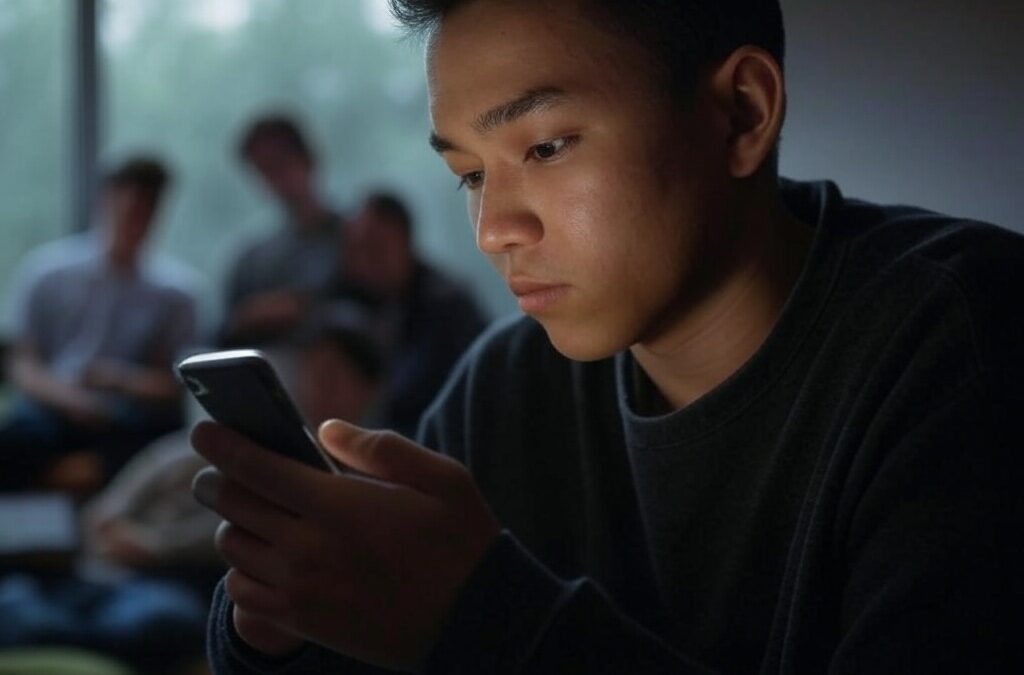
40 Social Dilemma Examples in the World & Real Life
Social dilemmas are everywhere. They shape the choices we make at work, in our communities, and even on a global...

30 Favor Examples & Definition
Doing a favor means helping someone without expecting anything in return. It’s an act of kindness that can strengthen...
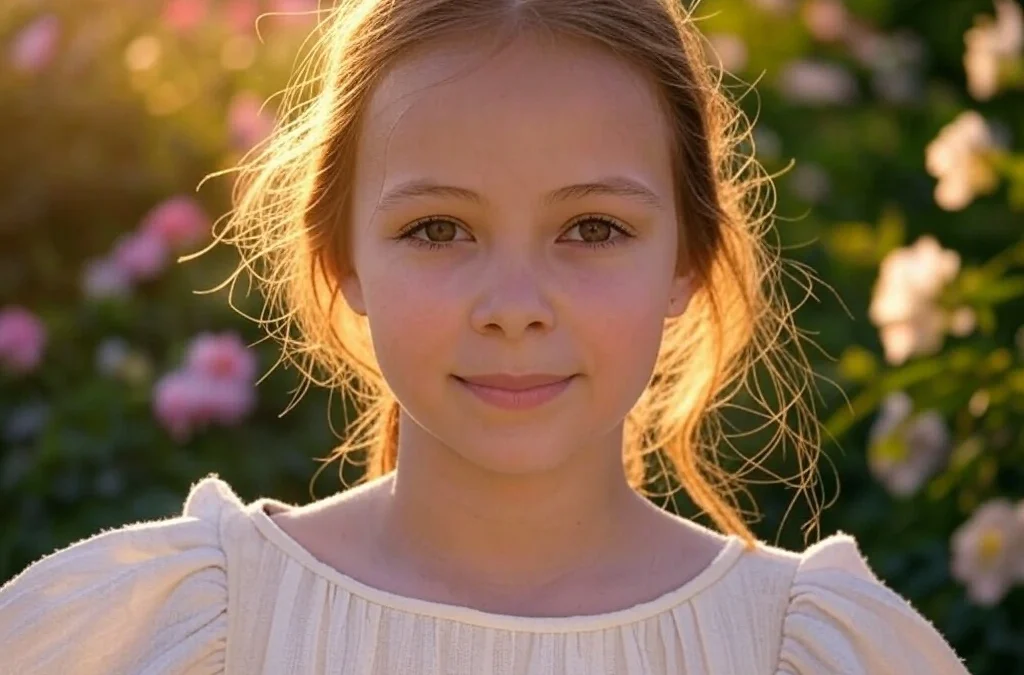
30 Naivety Examples & Definition
Naivety is something most people experience at some point in their lives. It often starts in childhood, but for some,...
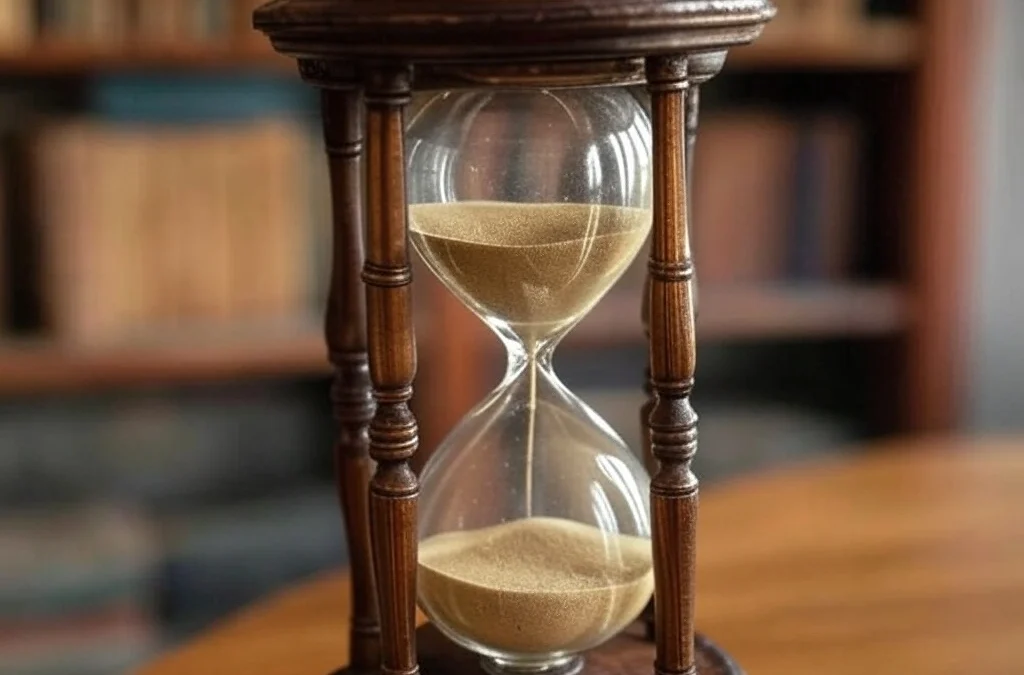
20 Chronology Examples & Meaning
Chronology is something we use more than we realize. It shows up in conversations, in how we remember the past, and in...

30 Wishful Thinking Examples & Meaning
Wishful thinking is something we all do at some point. You hope things will turn out fine—even if there’s no real...
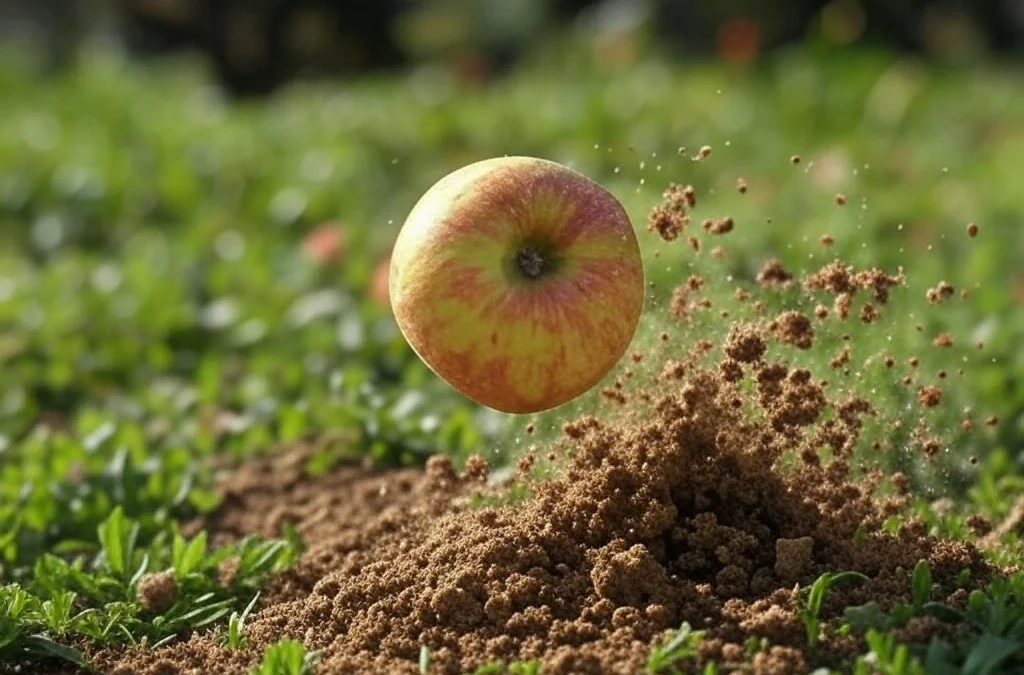
20 Examples of Gravity & What Gravity Really Is
Gravity is one of the most important forces in the universe, but many people don’t fully understand what it really is...

20 Examples of Secondary Consumers in the Food Chain
Secondary consumers are animals that eat other animals—usually herbivores that feed on plants. They’re an important...
Get Inspired with BitGlint
The Latest
30 Flow State Examples & Definition
Most people have felt it at some point — that rare moment when everything just clicks. You're working, moving, or thinking, and suddenly it's like the rest of the world fades out. You're focused, clear, and everything you're doing feels smooth and natural. That’s...
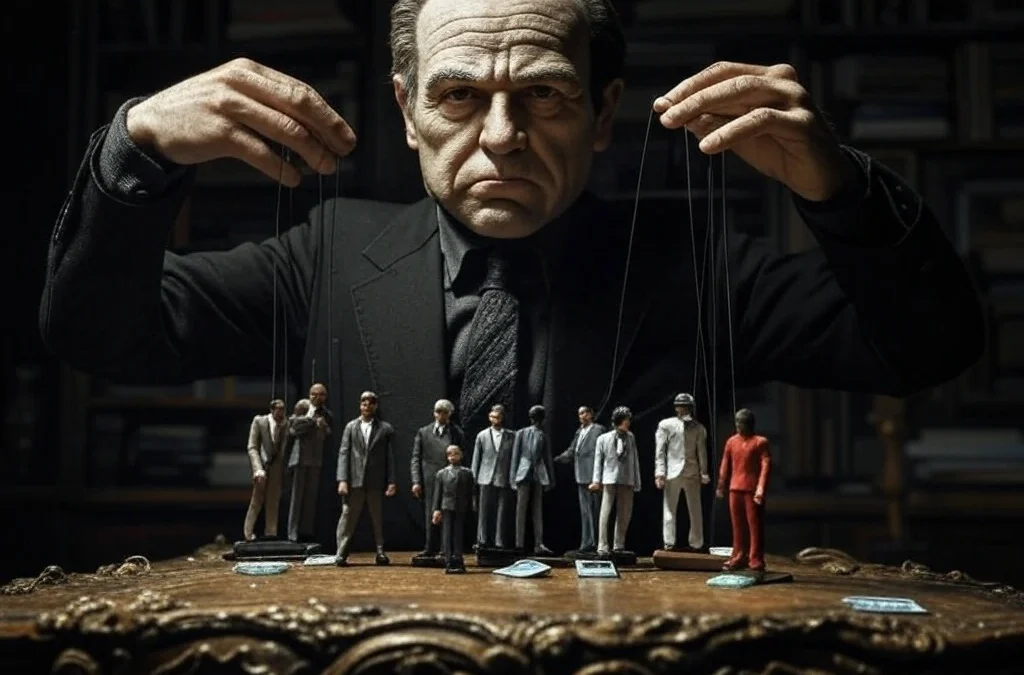
30 Cynicism Examples in Everyday Life & Definition
Cynicism is something most people have seen, heard, or even felt - but few stop to really think about what it means. It shows up in jokes, in conversations, and in quiet thoughts we don’t always say out loud. Some people wear it like armor. Others see it as honesty....
50 Examples of Square Things
Square things are part of everyday life, even if we don’t always think about them. From objects we use at home to tools, packaging, and design elements we see out in the world, the square shape is everywhere. It’s simple, balanced, and practical — which is exactly why...
20 Hinduism Examples: Symbols, Gods & Core Beliefs
Hinduism is practiced by over a billion of people every day - but for those unfamiliar with it, it can seem complex or even confusing. With its many gods, rituals, and traditions, it raises a lot of questions. What do Hindus actually believe? What are the main...

